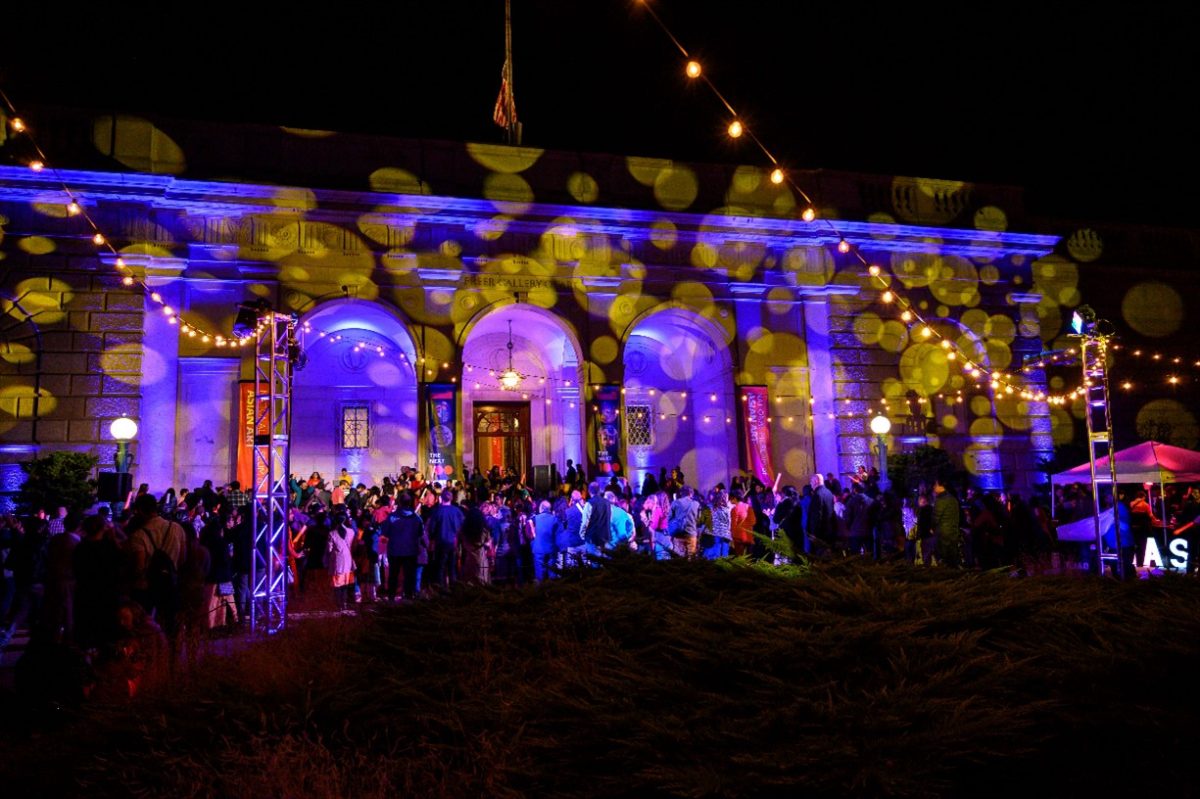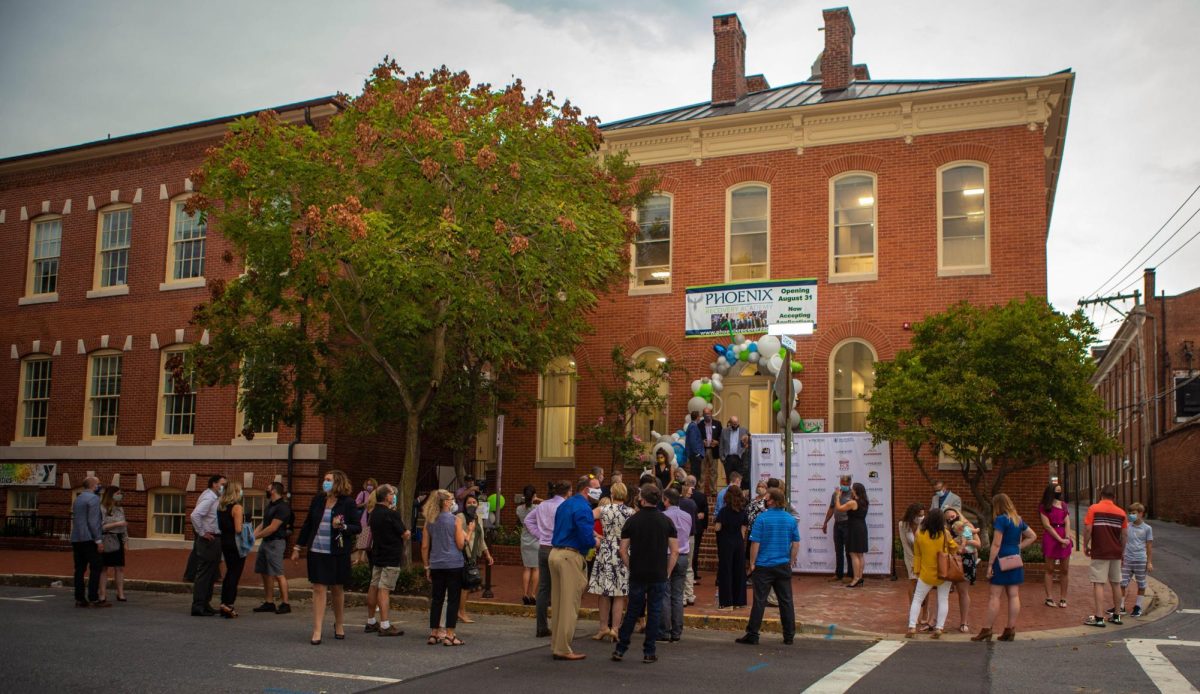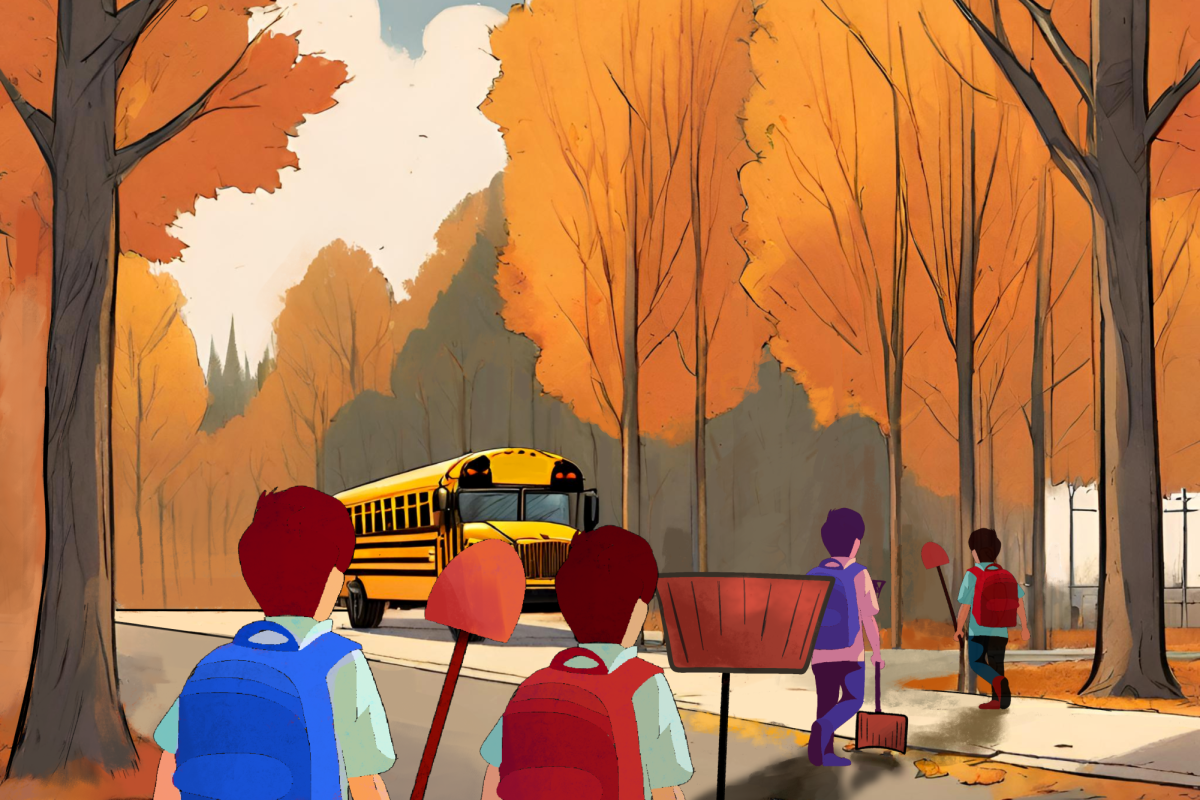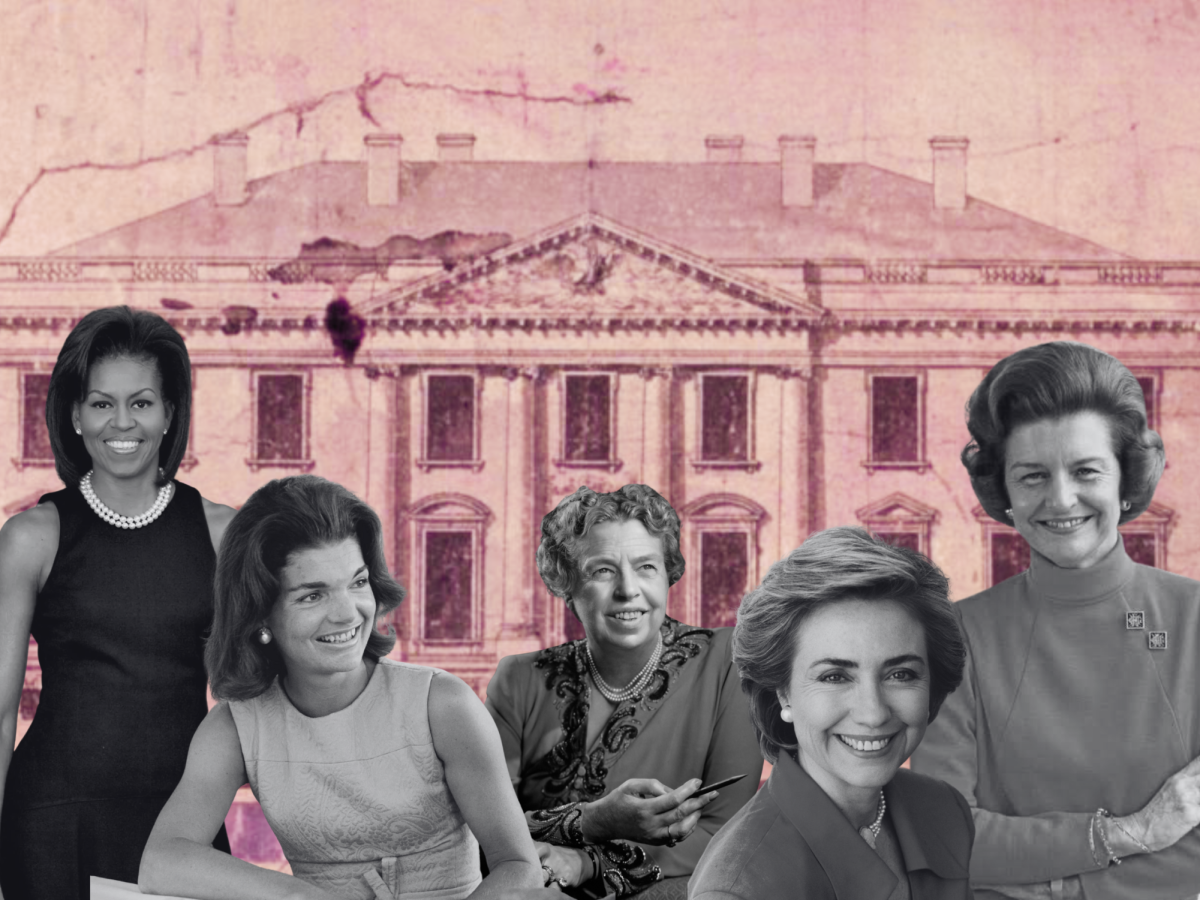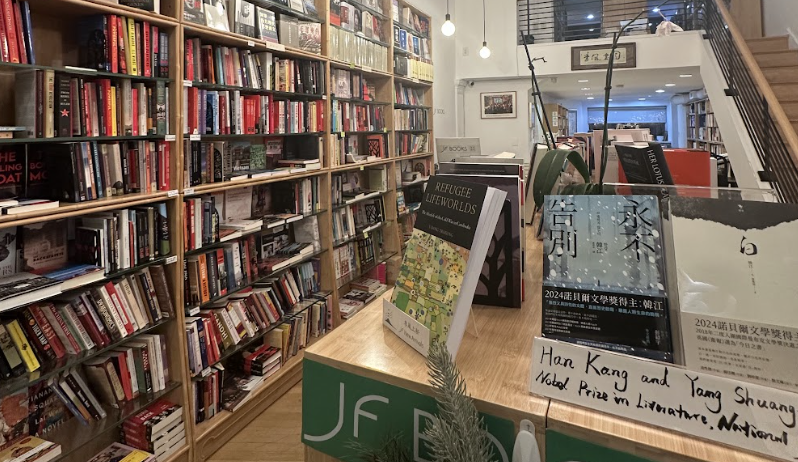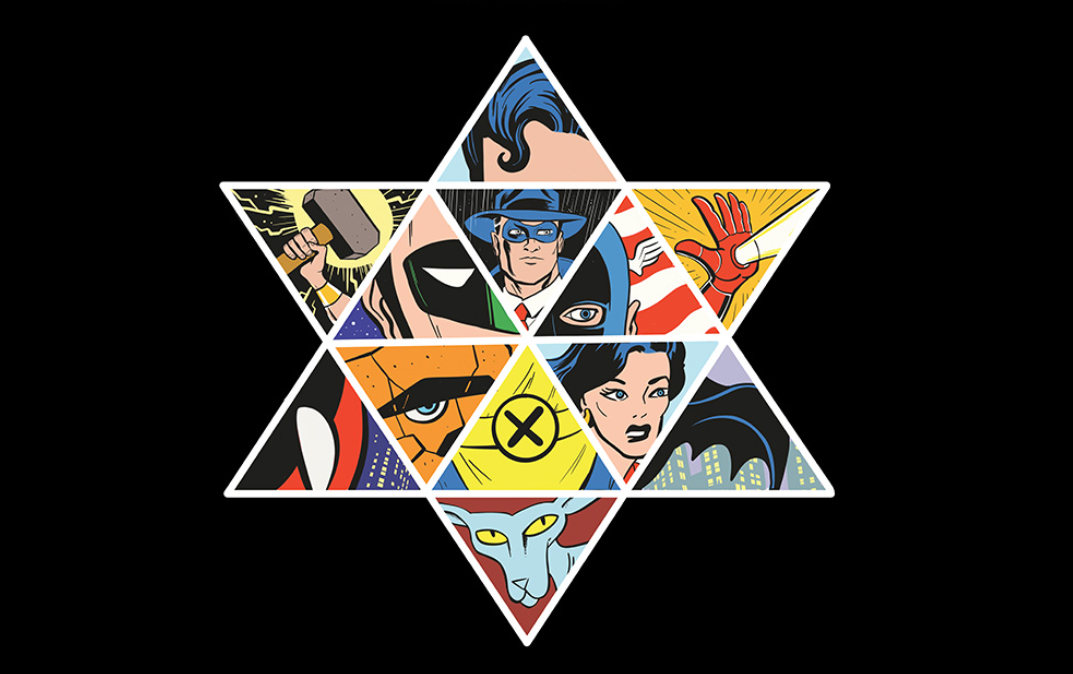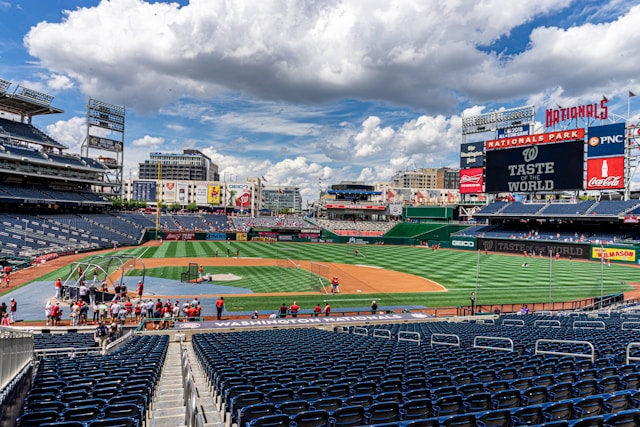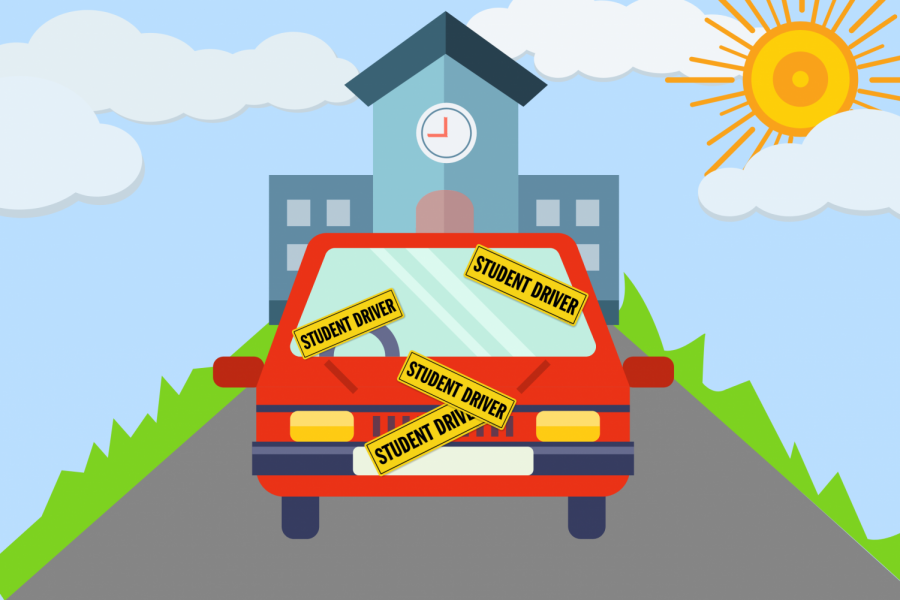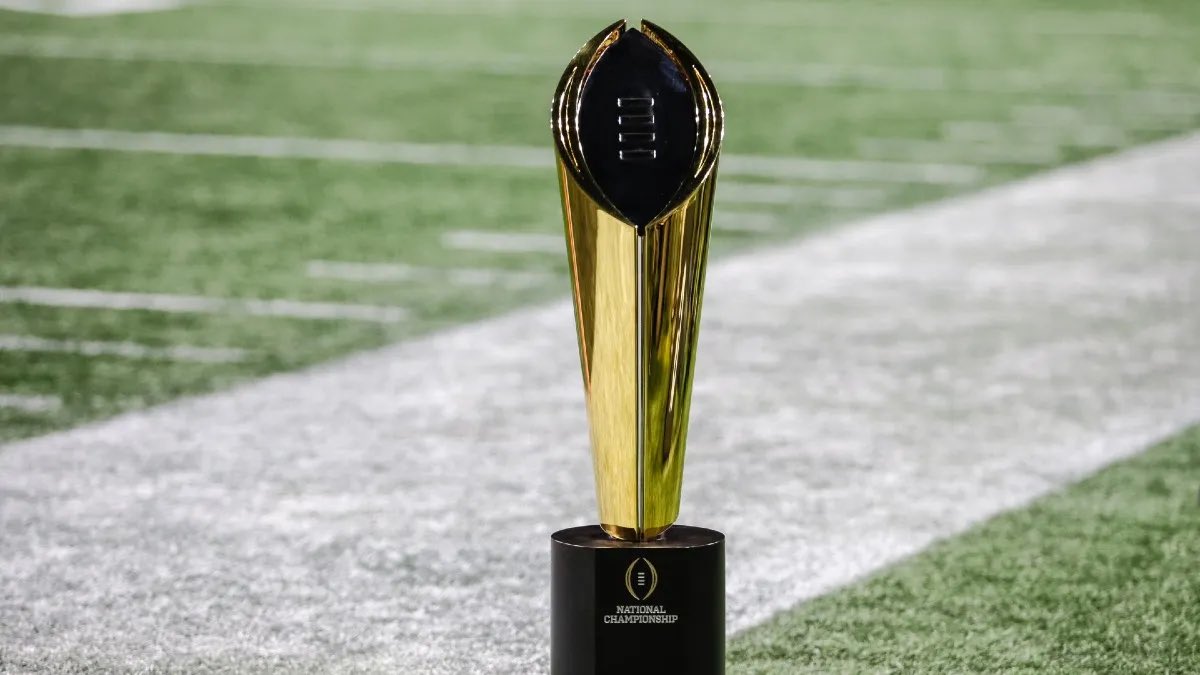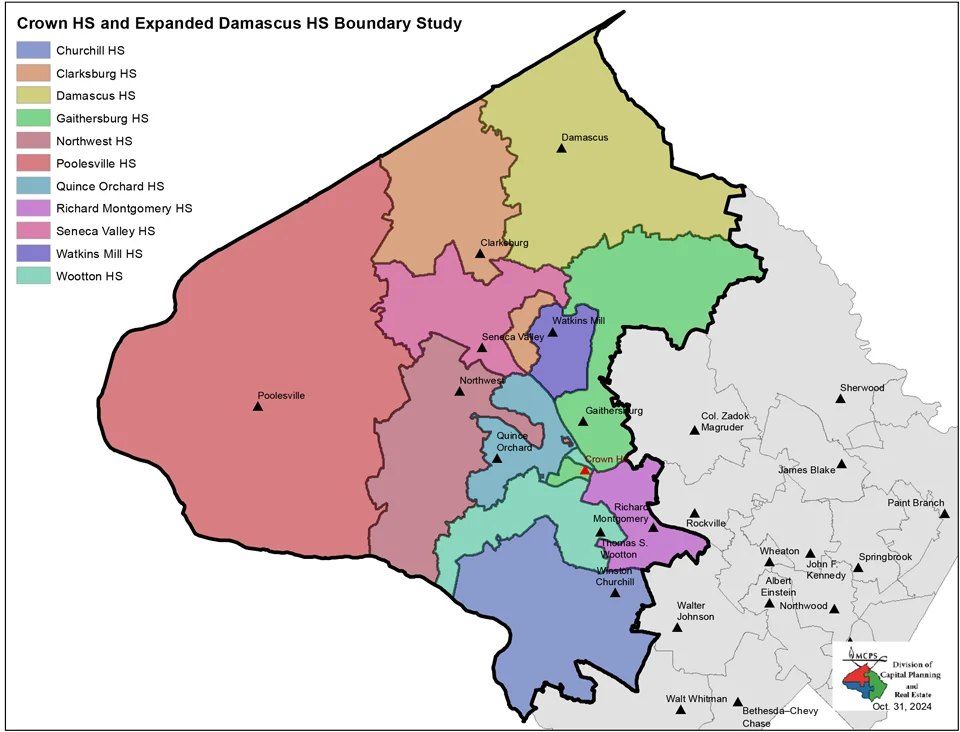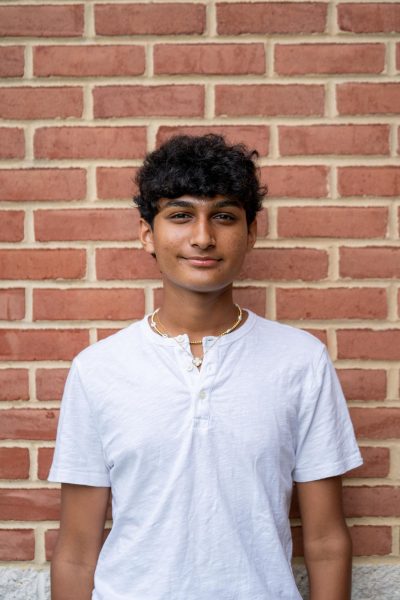As dusk falls, the museum glows with the warm hues of Diwali lights. The aroma of traditional Indian sweets and spices floats through the air, mixing with the vibrant beats of South Asian music echoing through the plaza. Visitors wander from gallery to gallery, captivated by rangolis, marigold garlands and shimmering diyas, immersing themselves in the magic of the festival of lights.
The Smithsonian’s National Museum of Asian Art’s “Asia After Dark” festival invites everyone to celebrate Diwali’s rich traditions, bringing communities together through art, culture and joy. The event, held on Nov. 1, ran from 5-9:30 p.m., celebrating and spreading South Asian culture. Colorful lights projected onto the front of the museum, turning the grand stone archways into an immersive visual experience.
Returning for the second year, the National Museum of Asian Art garnered more than 8,000 attendees for their event. The “Asia After Dark” festival encourages attendees to appreciate Diwali through music, dynamic decorations, hands-on crafts and cultural discussions. Returning visitor Priya Sharma thoroughly enjoyed the event, she said.
“It was so great last year that I brought my aunt and cousin this year,” Sharma said. “The Museum of Asian Art does a great job spreading the love of Diwali with the music, food and beautiful lights.”
In the Sackler Gallery, attendees decorated rangolis — vibrant patterns made from colored powders and flowers — and made woodblock prints with artist Trisha Gupta. Known for her contemporary work, Gupta’s Indian-American heritage influences her art as she explores themes of immigration, colonialism and social inequality.
In the Freer Gallery, guests could create storybooks with Sushmita Mazumdar and learn to play Diwali-themed board games. As one of the museum’s marquee docents, Mazumdar teaches thousands of visitors about art and stories from Asian cultures.
Avid Smithsonian museum lover Ximena Sacks said these events are a fun way to spread information about South Asian culture.
“Museum events like Smithsonian’s Diwali festival help create cultural exchange as they provide a valuable insight into a specific culture,” Sacks said. “They expose people to unfamiliar cultures, fostering a sense of identity and cultural awareness.”
Diwali, often called the Festival of Lights, is one of South Asia’s most widely celebrated holidays. It dates back thousands of years and holds different meanings for various religions.
For Hindu individuals, it honors Lord Rama’s return to his kingdom after 14 years of exile. His people welcomed him with rows of oil lamps, symbolizing the victory over darkness and good over evil. The holiday also serves as the Hindu calendar’s New Year celebration.
For others, Diwali commemorates significant figures and events from their faith’s traditions, such as the goddess Lakshmi’s blessing of wealth or the Sikh celebration of Guru Hargobind’s release from imprisonment.
Today, Diwali is celebrated with family gatherings, fireworks, music and food. People clean their homes and decorate them with bright lights and rangoli. People light diyas — small clay oil lamps — as symbols of hope and family and friends exchange gifts and sweets.
Various artists performed music for the crowd. To start the evening, The Tabla Queen, an artist dedicated to combining the rich heritage of traditional tabla rhythms with modern sounds, performed a medley. Known as one of the most famous percussion instruments of North India, the tabla is a drum played with two hands, inspiring much of Hindustani classical music.
Next, the DC Bhangra Crew kicked off the after-hours dance party with a spirited dance mash-up of traditional and modern South Asian and Western music. Bhangra is a fast-tempo folk dance and music style originating from the Punjab region of northwestern India. Dancers perform high-energy dances involving bends, kicks and leaps to a dhol, a large drum.
Ending the night, DJ Rekha took the stage, electrifying the crowd with South Asian diasporic dance music. Rekha worked for the TONY award-winning Broadway Show, “Bridge and Tunnel” and founded one of New York City’s longest-running night clubs, “Basement Bhangra.” Attendees gathered around the plaza and on the dance floor to enjoy the vibrant music.
During the event, various spotlight talks and tours were given throughout the galleries. One gallery on display was “Body Image: Arts of the Indian Subcontinent,” in which docents discussed the fundamental beliefs of nature, social ideals, gender roles, hierarchies of power and history that many South Asian artists portray in their work. The exhibit focused on more than just Indian artists; it also highlighted Pakistani, Bangladeshi, Nepali, and Sri Lankan creators.
Additional spotlight talks covered Diwali introductions and featured a display of, “The Peacock Room.”
The Indian diaspora covered the grounds, with vendors Rasa, Himalayan Soul Food, Apna Pizza, Milaap Chai and Malai Ice Cream supplying the event’s crowd with South Asian cuisine. Among the curated dishes served were yogurt-based drinks called mango lassis, stuffed dumpling-like buns called momos and chicken curry rice bowls.
Diwali is a holiday to mark new beginnings, embrace positivity, and spread joy, making it an important and beloved holiday for many. Freshman Rav Rajani celebrates Diwali with his friends and family each year and believes that events like this can help bond communities.
“The spread of Diwali and South Asian culture in D.C. is positive,” said Rajani. “It allows people to learn about other cultures, traditions and customs with enthusiasm.”



